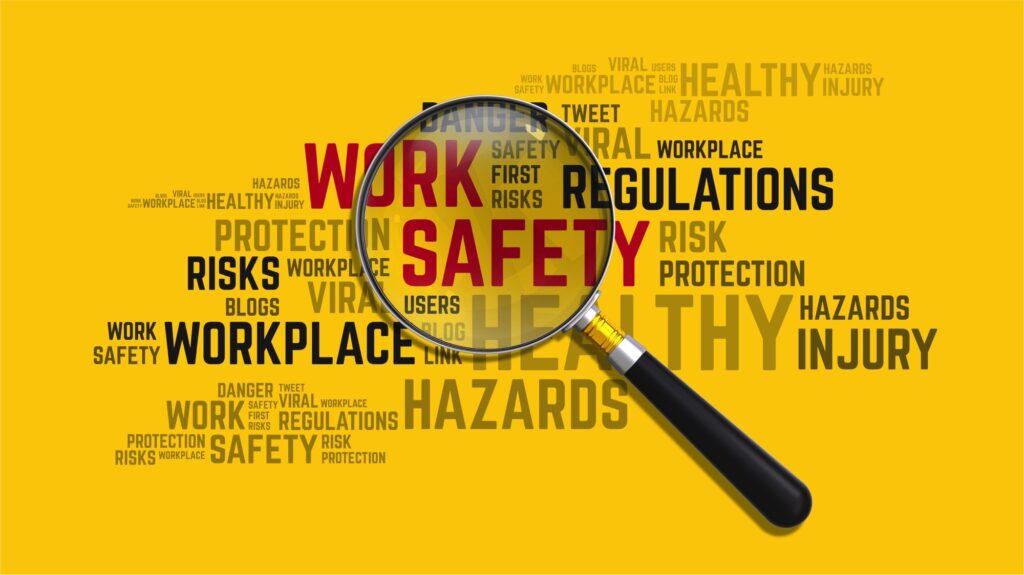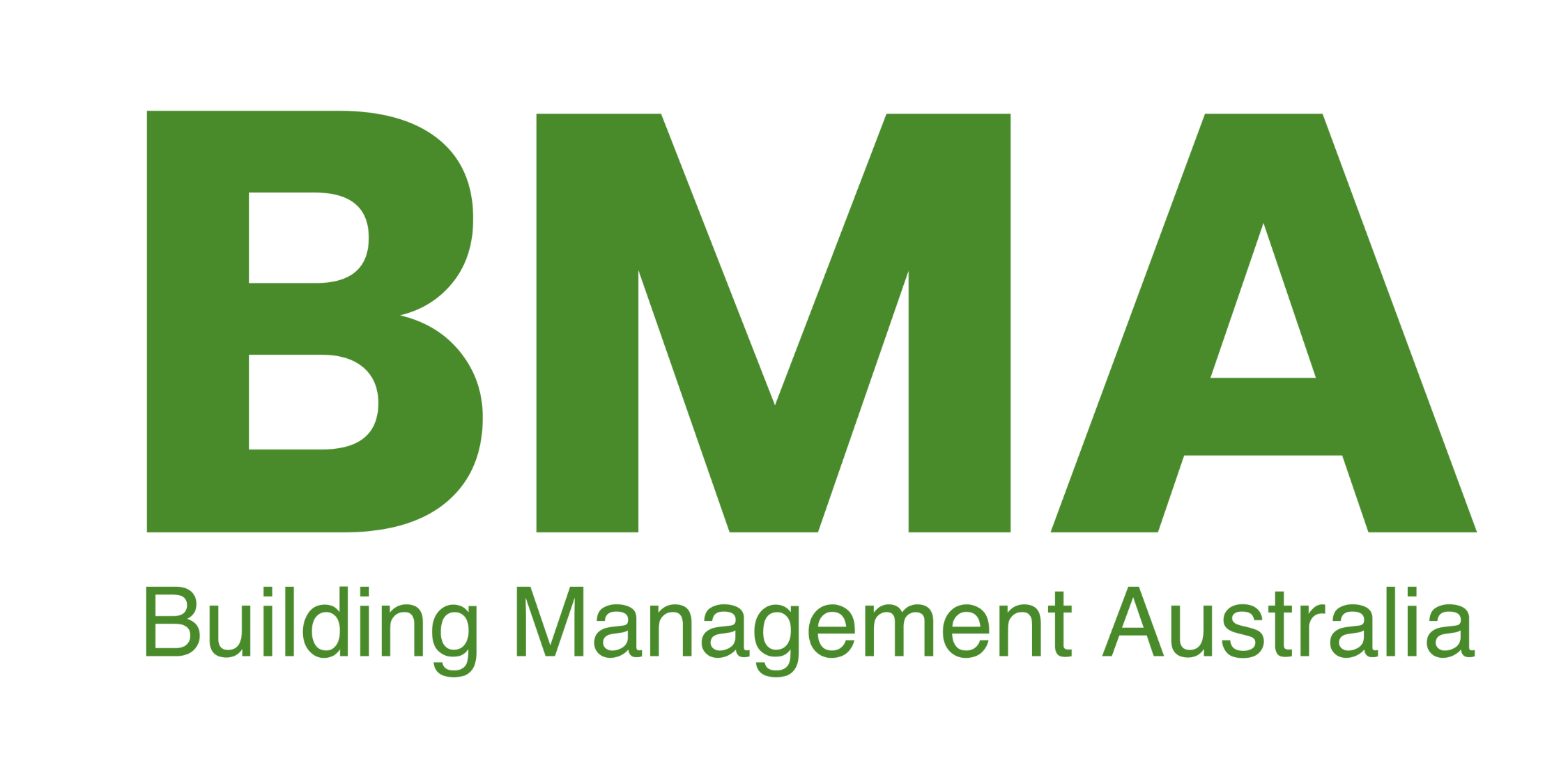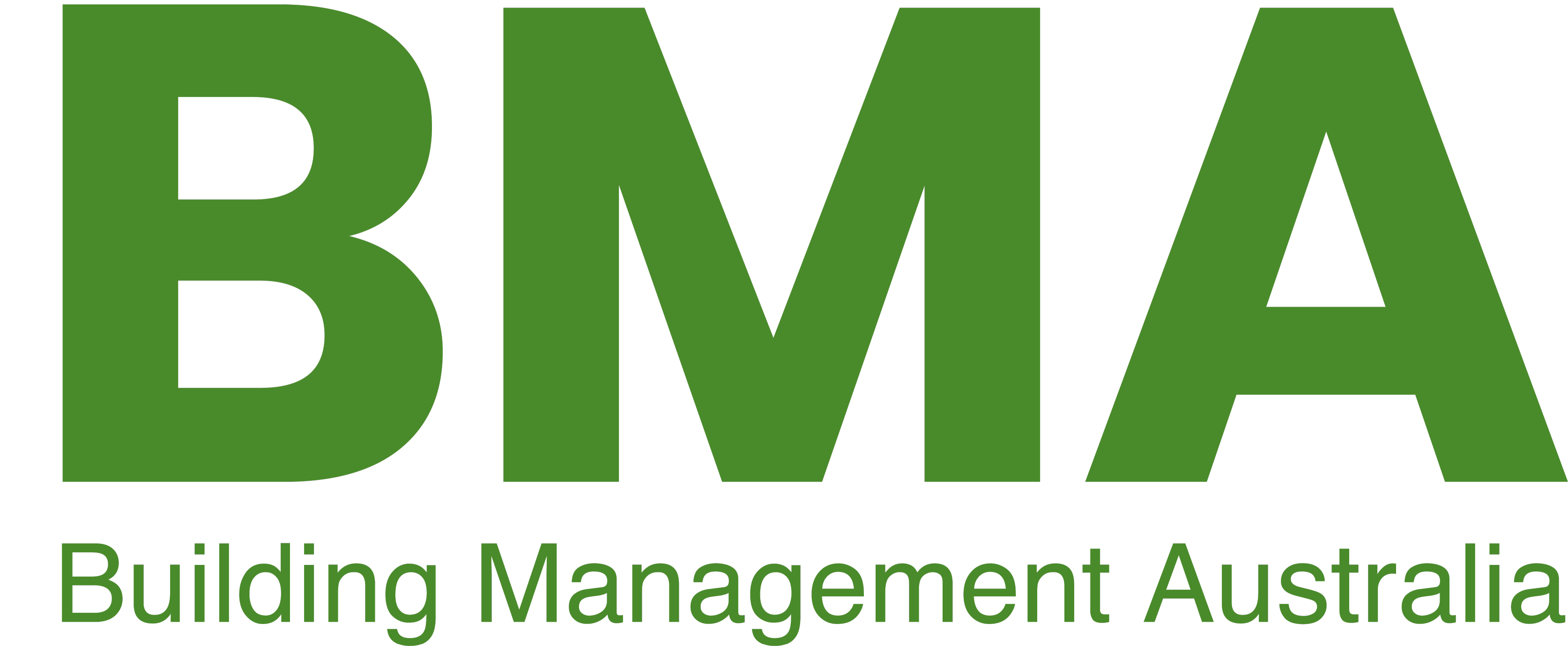Essential Record-Keeping for Strata Buildings by Andrew Veron

Effective management of strata buildings in New South Wales (NSW) relies heavily on diligent record-keeping. Given the complexities of managing multiple stakeholders, from owners to tenants and service providers, the backbone of any efficient strata management operation lies in its ability to maintain comprehensive and accessible records. This article delves into the critical aspects of record-keeping in strata buildings, highlighting ownership, systems available, essential features, leading providers, and the overarching importance of these records. Ownership of Building Records Ownership and control of building records are fundamental components in strata management. All records should be owned by the strata plan collectively, rather than by individual owners or building managers. This centralized ownership ensures that decisions and records reflect the interests of the entire strata community. However, while ownership rests with the strata plan, the management of these records can be efficiently delegated to professional building managers or strata agents. This delegation is crucial as it allows for professional handling, updating, and maintenance of records, ensuring compliance with legal requirements and facilitating smooth operations. Specialised Strata Management Systems To streamline the management process, several companies have developed specialized strata management systems tailored specifically for the needs of strata communities. These digital platforms are designed to handle the nuances of strata management, providing tools for efficient record keeping and reporting. Such systems not only help in maintaining transparency but also ensure that all necessary information is readily available for effective day-to-day management. This technological approach helps in minimizing human errors and provides a robust framework for managing strata properties. Essential Features of Strata Management Systems A well-rounded strata management system should encompass the following key features: Works Orders and Maintenance Requests: Track and manage all maintenance activities within the property, ensuring timely attention to repairs and upkeep. Contractor Management: Maintain detailed records of all contractors, including their contact information, service history, and performance evaluations. Asset Management: Keep a detailed account of all strata assets, their conditions, and maintenance schedules. Key Register: Manage and record all key distributions and movements to ensure security and accountability. Inventory Management: Track all physical assets and their statuses within the community, from maintenance equipment to communal furnishings. Resident Register: Maintain up-to-date information on all residents, including ownership details and occupancy status. Library for Strata Plans and Other Documents: Archive all critical documents, such as strata plans, meeting minutes, and legal documents, in a secure and accessible manner. Leading Providers of Strata Management Systems Several reputable providers offer robust strata management solutions, including: BuildingManager: Known for its intuitive interface and comprehensive suite of management tools. BuildingLink: Offers a customizable platform that caters to the unique needs of different strata communities. MyBoss: Focuses on automation and integration, making it easy to manage large portfolios of properties efficiently. Importance of Proper Records The governance and administration of a building should never rely solely on the memory or discretion of the manager. Instead, it should be supported by a structured record-keeping system that ensures transparency, accountability, and continuity. Proper records help in defining clear accountabilities, setting performance indicators, and maintaining continuous governance without disruptions. In conclusion, maintaining meticulous records in strata management is not just a regulatory requirement but a critical practice that underpins the successful administration of communal properties. By leveraging modern management systems and adhering to best practices in record ownership and maintenance, building managers can significantly enhance the livability and value of strata properties in NSW.
Ensuring building/site safety

Vital Site Induction Guidelines for Building Management in Residential Strata Schemes In the realm of building management in Australia, safety takes precedence above all else. While Work Health and Safety (WHS) guidelines are well-defined in many contexts, residential strata schemes introduce unique safety challenges. In this blog, we explore the pivotal role of site inductions and delve into the essential information that must be communicated to contractors working on common area projects for a secure and productive work environment. Navigating safety The safety landscape within residential strata schemes presents distinctive challenges when it comes to ensuring a secure work environment. While formal Work Health and Safety (WHS) statements might not be legally mandated, it is crucial to reinforce that the importance of prioritising safety remains undiminished. To this end, comprehensive site inductions on managed buildings are regarded as a highly advisable practice due to the inherent risks associated with Australia’s residential strata properties. Empowering contractors When contractors engage in projects within residential strata properties, they must possess crucial information to guarantee their safety, that of the occupants, and the property itself. Here’s a comprehensive list of essential details that building management should include in site inductions: 1. Asbestos AwarenessContractors must be made aware of the presence of asbestos, if any, within the property, along with its precise location. This knowledge is pivotal to preventing health hazards during repairs or renovations. 2. Utility PointsContractors working on strata buildings, whether residential, commercial or retail, should be informed about the precise locations of utility points, including switchboards, gas connections, water mains, and other vital utilities. This information mitigates the risk of accidents like damaging utility lines during maintenance or construction work. 3. Emergency ProtocolsConveying emergency procedures, evacuation routes, and designated assembly points equips contractors to respond promptly in unforeseen emergencies. 4. Security MeasuresContractors must be supplied with the requisite security codes and access information to uphold security systems and ensure the overall safety of the property. 5. Hazard IdentificationBuilding managers must communicate potential hazards to contractors, such as sump pits or confined spaces, that may be encountered during their work. This empowers them to adopt appropriate safety precautions. Safety first in residential strata schemes Safety is an unassailable imperative in the world of building management. While formal Work Health and Safety (WHS) statements might be less defined in the context of residential strata schemes, the importance of site inductions cannot be underestimated. By furnishing contractors with essential information, building managers and support teams can cultivate a safer work environment, curtail risks, and foster a culture of responsible construction and maintenance within strata properties. Remember, prioritising safety today lays the foundation for a more secure and prosperous tomorrow for all stakeholders.

